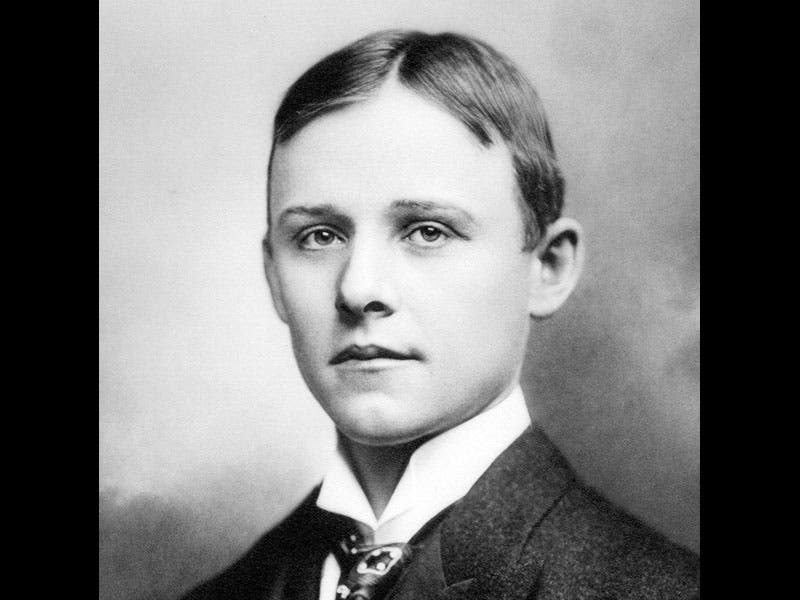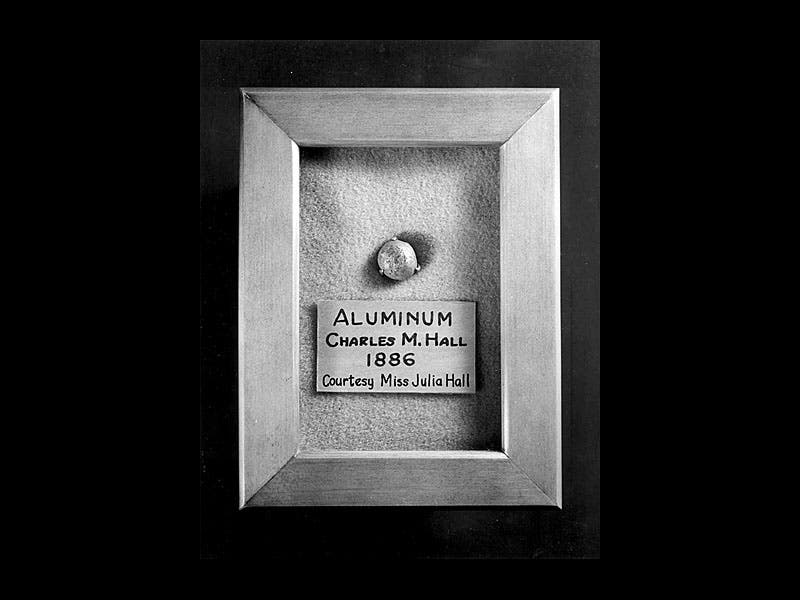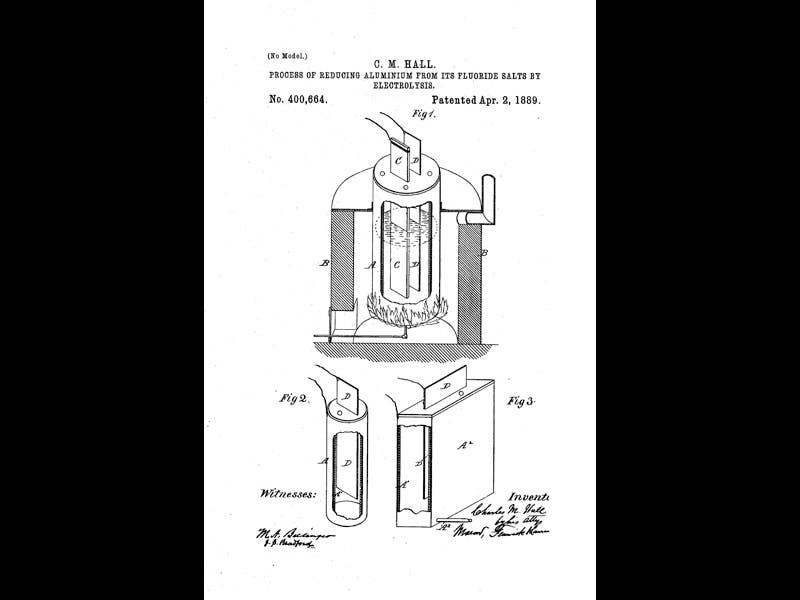Scientist of the Day - Charles Martin Hall
Charles Martin Hall (1863-1914), a young chemist, had just graduated from Oberlin College in 1884 when he decided to tackle the problem of producing aluminum metal from aluminum ore. Aluminum is the most abundant metal on earth, but it had only been isolated in 1827, and in the ensuing fifty years, no one had discovered an economical way to separate aluminum from its compounds. The small 6-pound aluminum cap that they placed atop the Washington Monument in 1884 would have been cheaper if they had used silver. In a woodshed in the family’s back yard, Hall finally worked out a way to use electrolysis on a special molten soup of aluminum and sodium fluorides, and he made his first hot liquid drops of pure aluminum on Feb. 23, 1886. He had patents within three years and, with financial backing, founded the Pittsburgh Reduction Company, which began producing affordable aluminum for the first time. His company eventually evolved into the Aluminum Company of America, or, as we now know it, Alcoa. Hall left much of his estate to Oberlin College, so he is persona magna grata around the school, and some years ago they dedicated a commemorative statue of Hall, made—appropriately—of aluminum. Unfortunately, aluminum statues are easy to ferry around, which college students like to do, and so Hall appeared all over campus, until eventually the authorities had to bolt the statue down, inside the school's science center, where it still sits.
The images show, in order: Hall’s aluminum statue at Oberlin; a photo of Hall taken, believe it or not, when he was 39 years old; one of the first pieces of aluminum he produced in 1886, and the patent for his process, awarded in 1889. The plaque in the first photo commemorates the designation of Hall’s lab as a National Historic Chemical Landmark in 1997.
Dr. William B. Ashworth, Jr., Consultant for the History of Science, Linda Hall Library and Associate Professor, Department of History, University of Missouri-Kansas City. Comments or corrections are welcome; please direct to ashworthw@umkc.edu.










